Secondary
Our secondary program engages students with a rigorous curriculum that inspires within them a love of lifelong learning.

A warm welcome from our Principal

We develop, challenge, enlighten, and transform students as they continue to discover who they are and aspire towards their future goals. The Secondary program helps our students develop 21st century skills that prepare them for advanced study and careers in an ever-changing world.
Through their time with the Chengdu International School community, both in and out of the classroom, we challenge our students to become critical thinkers, effective communicators, and lifelong learners.
Warmly
Grace Hale
Secondary Principal
Bringing the curriculum to life

AP classes
(AP) courses are college level courses that offer advanced curricula and develop college level skills. Depending on the score they earn on the end-of-year exam, students may be able to receive college credit. College credit is dependent on the college or university’s AP credit policy.
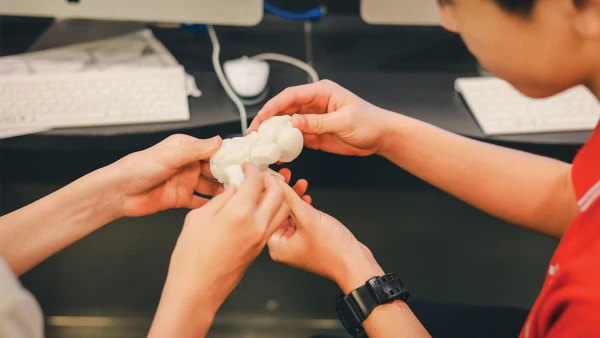
Advanced Placement
We offer an impressive range of 14 Advanced Placement (AP) courses, including… Biology, Calculus AB, Calculus BC, Chemistry, Chinese Language and Culture, English Language and Composition, English Literature, Physics Mechanics, Psychology, Seminar, Studio Art: Drawing, Research, and World History.

Reaching higher
There are big benefits to be had for students who take advanced courses. By seizing the opportunity to challenge themselves in a more demanding class, and handling more advanced content, students can obtain additional college credit when they enroll in a college or university, achieve a higher GPA, and capture the attention of college admissions officers.

AP Capstone
AP Capstone is the College Board’s two-year diploma program designed to hone students’ research, reasoning, analysis, and writing skills. In the first year of the AP Seminar course, students will learn to evaluate information, develop a research question, and craft an academic argument. In year two of AP Research, students will design and execute their own research project and write a 5,000-word research report.
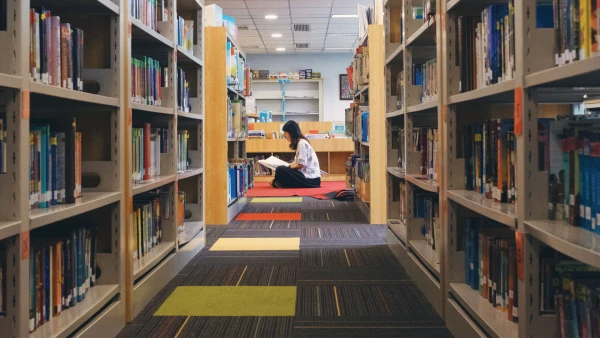
PSAT / NMSQT®
Taken by students in Grades 10 and 11, the Preliminary SAT / National Merit Scholarship Qualifying Test (PSAT / NMSQT) measures critical reading, math, and writing skills that are important for success in college. PSAT / NMSQT scores can be used to estimate probable performance on the SAT®.
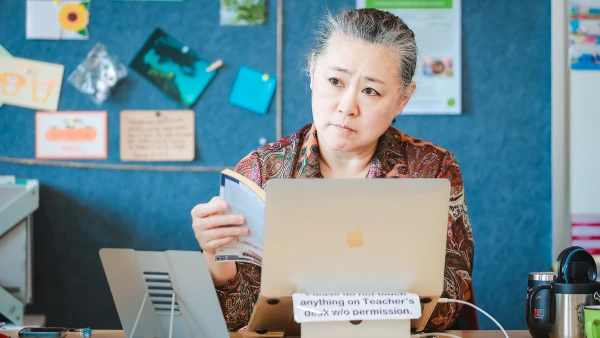
SAT and ACT tests
These tests measure a student’s college readiness. Information obtained from test results can help students plan their education beyond high school. Prospective college websites usually specify which test they require, if any. Most students take the SAT and/or ACT in Grade 11.
Handbook
Next steps on the learning journey
To best guide and prepare our students, we provide specialist support in the areas of career exploration, college and university selection, and the college application process.
Our aim is simple: to help each student explore their options and find a major that best prepares them for their future. Our high school students’ academic performance and standardized testing grades will also be monitored regularly to help them move toward graduation and equip them to become strong college and university candidates.

Our students have gone on to study a wide variety of subjects, such as cybersecurity, education, animation and finance, at many universities around the world including…
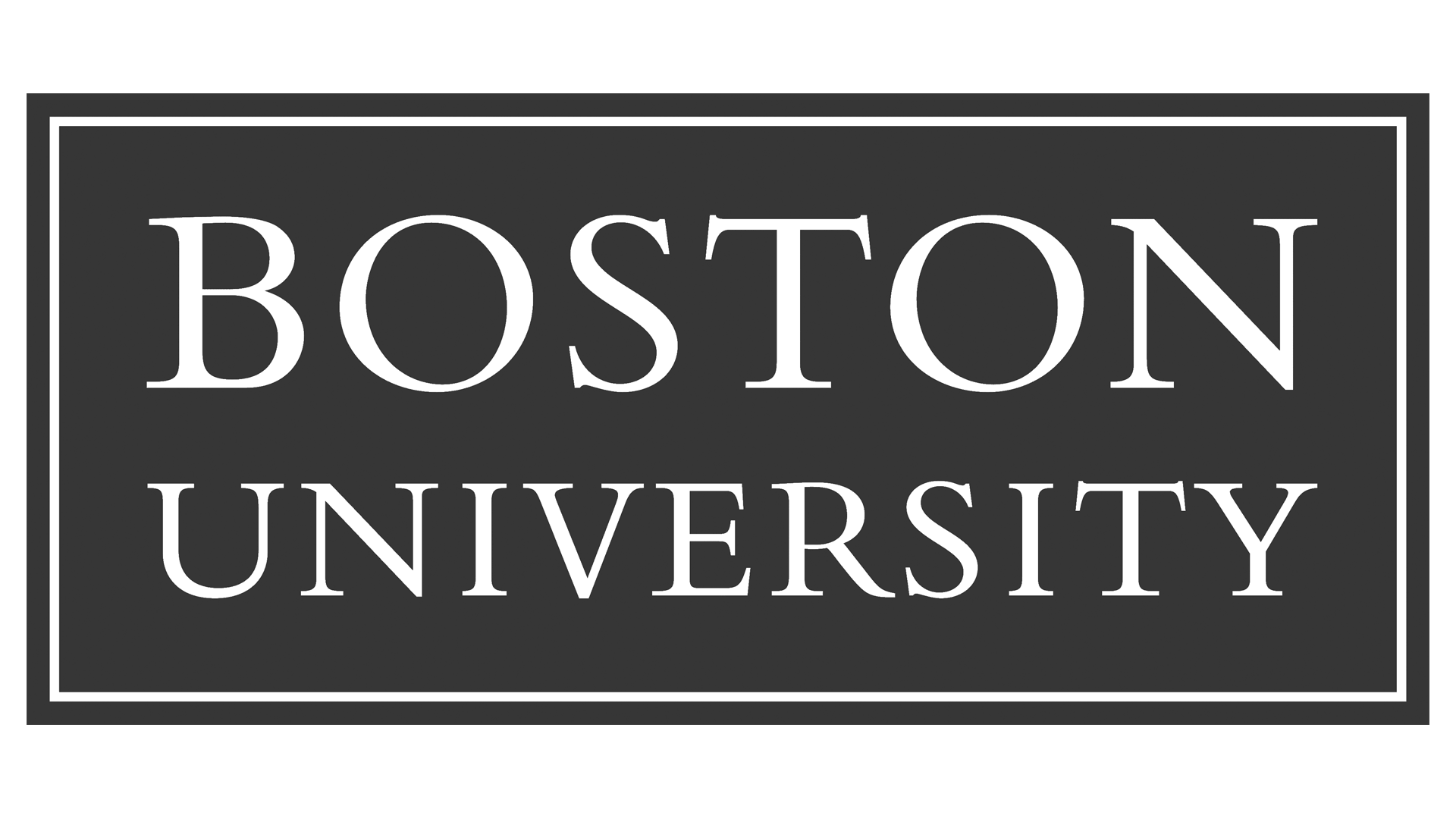
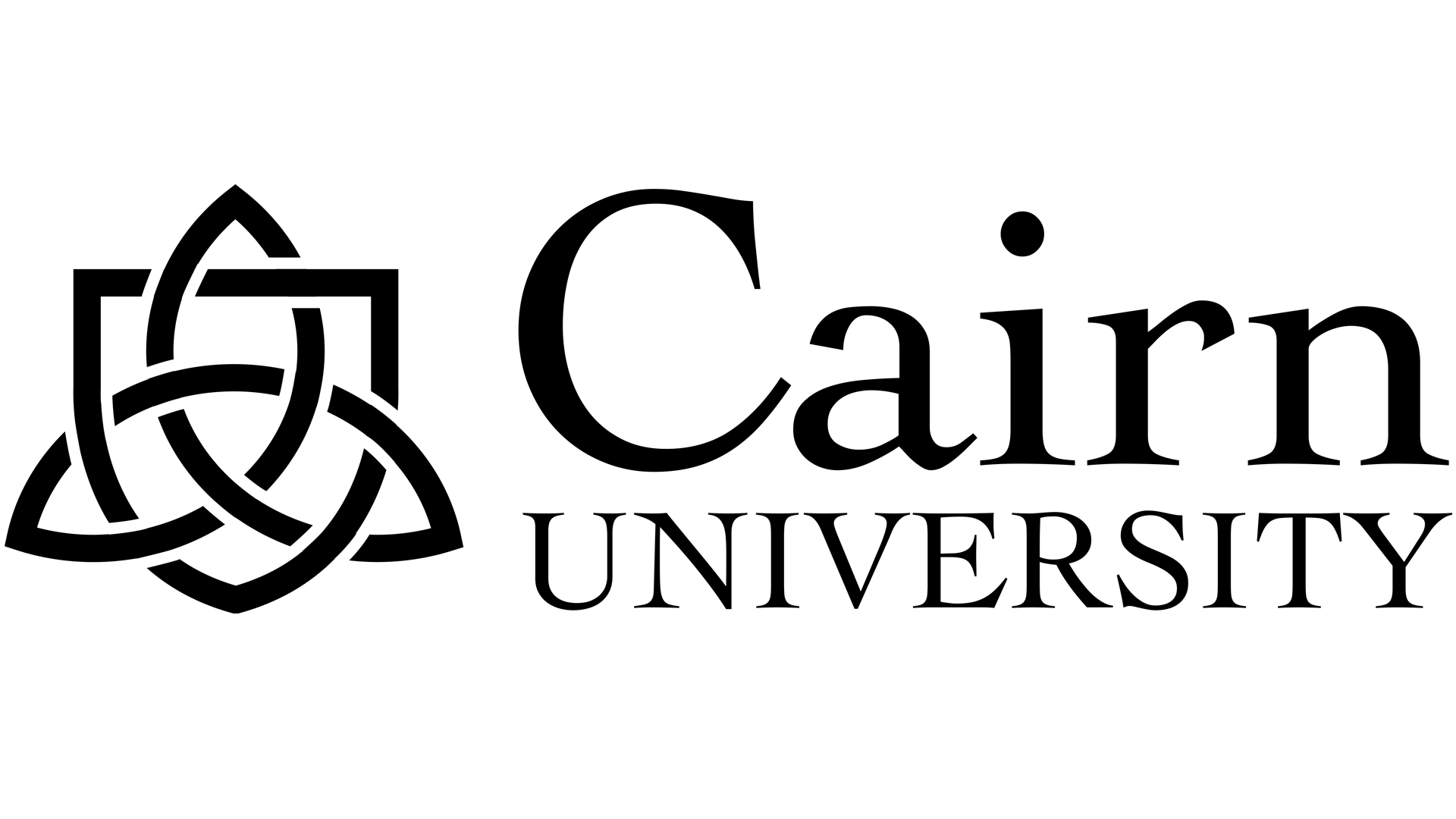

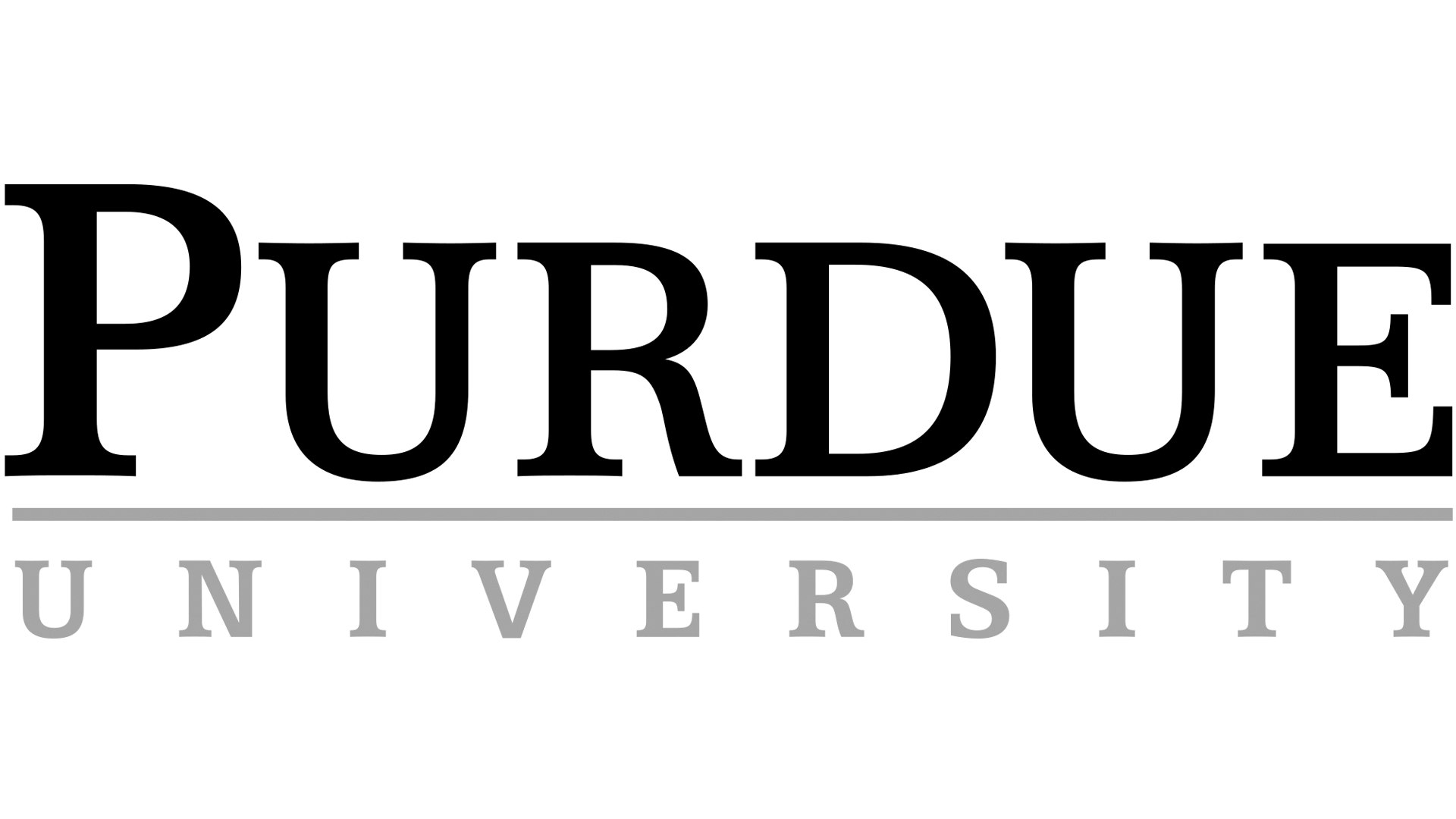
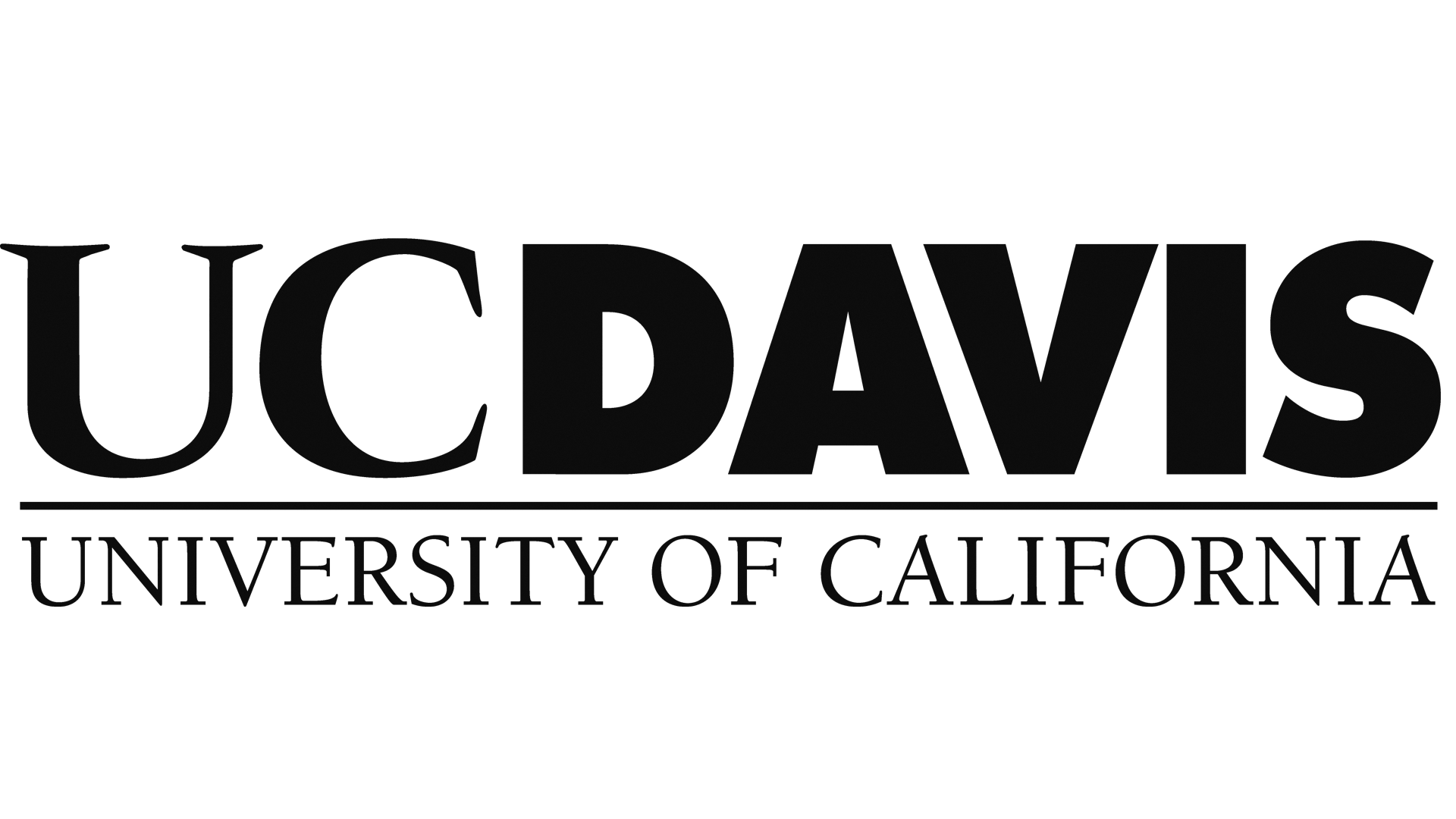
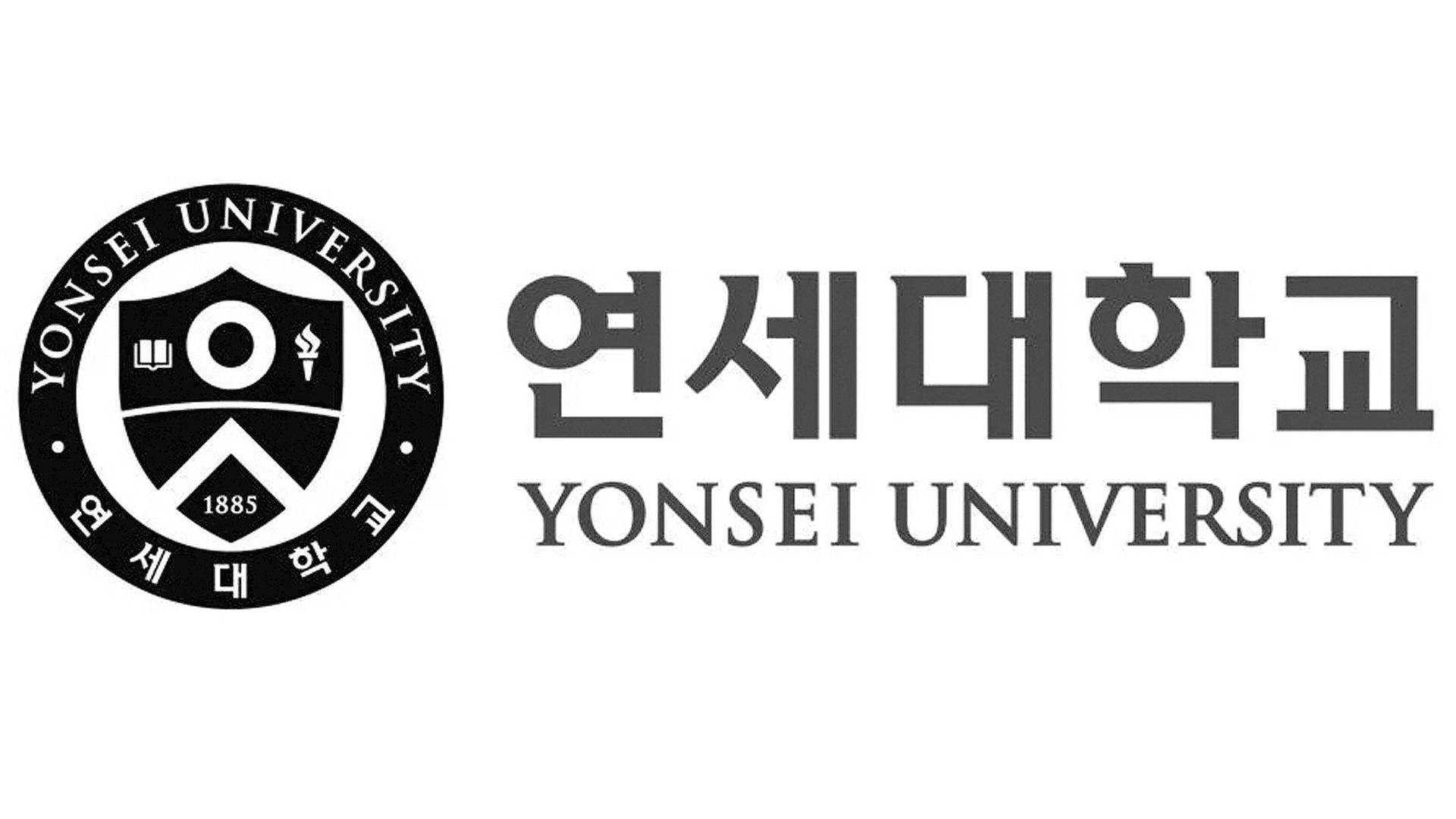
Our Secondary teaching team

Rebekah Limburg
Secondary English

Rebekah Limburg
Secondary English
Master in Teacher Leadership, Indiana Wesleyan University
B.A. in Early Childhood Education, Mount Vernon Nazarene University
Reading Endorsement for K-12 students, Mount Vernon Nazarene University

Cheyne Nelson
Secondary English & Social Studies

Cheyne Nelson
Secondary English & Social Studies
B.A. in Literature and Writing, California State University San Marcos

Hanzel Capindo
Secondary Math

Hanzel Capindo
Secondary Math
Bachelor of Secondary Education (Major in Mathematics)
Southern Baptist College

Timothy Samson
Secondary Math

Timothy Samson
Secondary Math
MEd in Teaching and Learning, Bob Jones University
MA in Mathematics Education, Saint Louis University
BS in Business Management, Saint Louis University

Brett Wiechmann
Secondary Math

Brett Wiechmann
Secondary Math
B.S. in Secondary Mathematics Education, University of South Florida

Mike Chen
Secondary Science

Mike Chen
Secondary Science
B. S. in Biology, Texas Christian University

Qiang Du
Secondary Science

Qiang Du
Secondary Science
Master of Education in Instruction and Learning, Columbia International University
B.S. in Biology, Sichuan Normal University

Susan Acuff
Secondary Social Studies

Susan Acuff
Secondary Social Studies
Secondary Social Studies

Alina Gates
Middle School Social Studies

Alina Gates
Middle School Social Studies
Volgograd State Pedagogical University, Social Pedagogy

Lorin McKnight
Secondary Teacher & Curriculum Coordinator

Lorin McKnight
Secondary Teacher & Curriculum Coordinator
Masters of Science in Literacy
B.M.E. in K-12 Vocal Music Education, Missouri State University

Samuel Kim
Secondary Teacher

Samuel Kim
Secondary Teacher
M.A. in Organizational Leadership, Azusa Pacific University
B.A. in Chinese Language and Literature, Soongsil University, Korea

Morgan Liu
Art

Morgan Liu
Art
B.A. in Art (Art Design), Southwest University of Nationalities

Sabre Yu
Art

Sabre Yu
Art
M.A. in History of Art, York University (UK)

Heather Hoekman
Band Director

Heather Hoekman
Band Director
Bachelor of Science in Music Education from Toccoa Falls College

Hannah Tucker
Choir Director

Hannah Tucker
Choir Director
B.A. in Music Education, Cedarville University

Harmony Liu
Elementary Music & Accompanist

Harmony Liu
Elementary Music & Accompanist
B.A. in Music Education, Sichuan Conservatory of Music

Michaja Kullmann
Secondary Philosophy

Michaja Kullmann
Secondary Philosophy
Professional Bachelor in Social Sciences
Advanced Federal Diploma of Higher Education
Licensed Carpenter, Switzerland

Micah Hale
Theatre Director

Micah Hale
Theatre Director
B.A. in Liberal Arts from Thomas Edison State University

Shiny Cheng
Chinese Language

Shiny Cheng
Chinese Language
M.A. in Chinese International Education, Sichuan Normal University
B.A. in Teaching Chinese as a Second Language, Sichuan Normal University

Guili Huang
Chinese Language

Guili Huang
Chinese Language
Master of Education: Instruction and Learning, Columbia International University
B.S. in Science Education, South China Normal University

Esther Liu
Chinese Language

Esther Liu
Chinese Language
M.A. in Chinese International Education, Sichuan University
B.A. in Teaching Chinese as a Second Language and English, Sichuan University
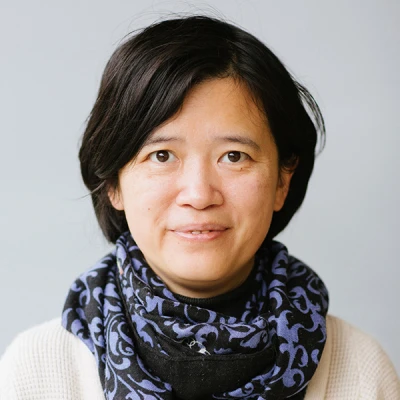
Rebecca Pan
Chinese Language

Rebecca Pan
Chinese Language
B.A. English, Sichuan Normal University

Michelle Zeng
Chinese Language

Michelle Zeng
Chinese Language
B.A. in English Education, Sichuan Normal University

Ken Cao
PE

Ken Cao
PE
Master of Education, Columbia International University
B.A. in Physical Education, Chengdu Sports University

Jessica Shang
STEAM & Tech

Jessica Shang
STEAM & Tech
M.S. in Instructional Systems and Learning Technologies, Florida State University
B.S. in Educational Technology, Shaanxi Normal University

Joy Wang
Substitute Teacher

Joy Wang
Substitute Teacher
B.A in Business Japanese, Tianjin University of Technology and Education
Recognized for excellence

Chengdu International School is accredited by Cognia, the largest education improvement organization in the world—demonstrating our commitment to learners, teachers, leaders and communities.

As a SENIA member School, we are dedicated to creating a more inclusive world by supporting students with special needs through collaboration with families, professionals and the community.
Grow academically and beyond
Ready to receive the highest quality education in a warm, caring and encouraging community?